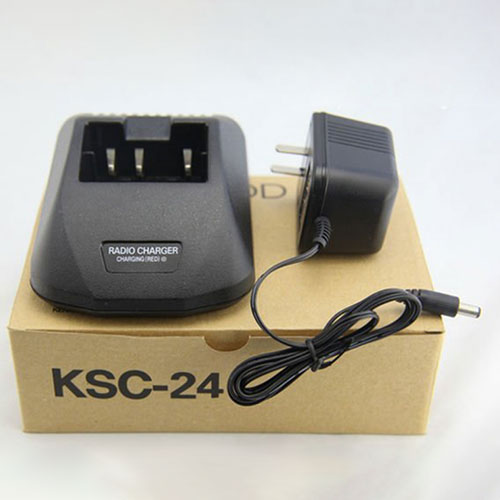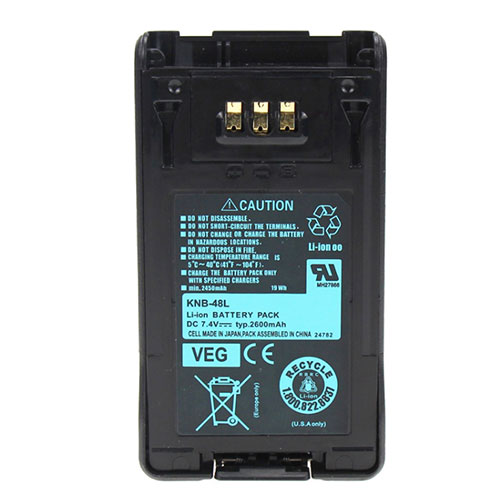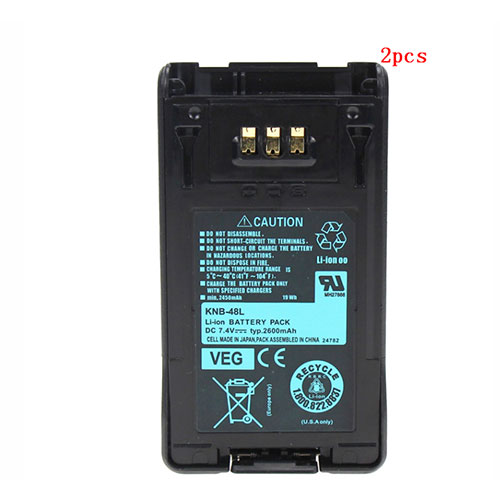Even with the number of options out there – and believe us, there’s A LOT – it’s astonishingly hard to find quality Bluetooth headphones in the mainstream sector. There are, of course, the usual shoo-in brands like Bose, Sony, and Beats that most people go for. And, there are those that sit right on the cusp of the audiophile market like Sennheiser, Audio-Technica, and Shure. The rest are either not worth your money or, at best, a hit-or-miss.That means that if you want something other than what these brands offer – in terms of aesthetics, perhaps, or price – then you’re kind of limited. If you’re looking for great quality sound, that is. Razer Opus
That’s why, when I tested Razer’s latest attempt at non-gaming over-ear headphones, I was mildly and pleasantly surprised. This set of cans rivals the likes of Beats Solo Pro and Bose QuietComfort 35 in terms of quality and features, minus the high price tag and perhaps with a brighter sound. I’m absolutely here for them.
Design and Features
If the Razer Opus Wireless ANC Headset has one weakness as a pair of consumer Bluetooth headphones, it’s probably the aesthetic. Not that the headphones aren’t great looking – on the contrary, they have a smart, no-nonsense, minimalist design that will appeal to almost anyone. Razer trims that with its name on both ends of the band, as well as the THX logo on both ear caps, in silver engraving, then wraps it all up in a rare midnight blue coating. (The black shade to follow.)
It’s a clean look, but overall a bit homogeneous and just a tad too familiar. I’ve actually seen this similar clunky style on a pair of Sony headsets or a cheaper Sennheiser long before I’ve ever laid eyes on the Razer. This is, of course, hardly a deal-breaker, but if you’re typically drawn to more unique-looking headphones like I am, you probably won’t get excited about this one.
Looks aside, there’s plenty to love about the Razer Opus’s design, especially in terms of comfort. The top of the adjustable headband is padded with luxurious memory foam that’s almost half an inch thick and wrapped with soft leatherette that’s nice to the touch. As are the ear cups, which are also angled so that they fit around your ears better and sit on your head beautifully. And, while the headphones are tight enough to stay on even when you’re moving your head around, they’re not too tight that they feel like they might be crushing your skull after you’ve had them on for a while.
I tend to have a problem with Bluetooth over-ear/on-ear headphones – even after only a few minutes of wear, my ears and the sides of my skull start to feel the pressure. This hasn’t been a problem with the Razer Opus.
The ear cups also swivel about 90-degrees towards the back, a feature you won’t always find in Bluetooth headphones, but comes in handy when you have it, as it helps in both packing flat in your backpack and accommodating different head shapes. I love swiveling ear cups as I prefer to move one cup off my ear when someone’s talking to me or listening to PA announcements at airports. Although that doesn’t work as well with the Razer Opus due to the larger, angled cups, it’s still a nice feature to have.
There are five buttons here – the essentials: volume up, volume down, play/pause and power, and the ANC/Ambient button that turns the Razer Opus’s Hybrid Active Noise Cancellation function on and off. What this button does, essentially, is it lets you turn off the ANC and pick up a bit of ambient noise around you so you can hear what’s around you without needing to take the headphones off.
The “hybrid” in the name refers to the two-mic system these headphones use for its ANC. It’s got both a feedforward mic, which is designed to cancel low to mid frequencies, and a feedback mic, which is designed to cancel out lower pitch noise. The two work together to deliver a pretty effective noise cancellation.
What I appreciate more here, however, is the nifty Ambient Awareness or Quick Attention mode, which is activated when you hold down the ANC/Ambient button. This function essentially stops the audio and lets you clearly hear your surroundings.
So, instead of you scrambling to hit the pause button, turn ANC off, and push one ear cup aside just to hear airport announcements or have a short conversation with someone, you simply hold this button down. It’s pretty effective too – it’s almost as if a veil has been lifted, and you can clearly hear everything around you even with your headphones still on.
Another Razer Opus feature worth mentioning here is the ability to auto pause when you take the headphones off and auto play when you put them back on. It’s a really handy feature, though I did find it to be app-specific. That is, while it works well with Apple Music, Spotify, iTunes, and YouTube, it hasn’t worked once with Amazon Music, and often has trouble with Netflix.
Of course, it’s also worth noting that although I did have a production model as my review unit, I tested the headphones a week before their official release. A simple update should fix this limitation right up.
Together, these features clearly point to the Razer Opus being marketed towards not just mainstream consumers, but specifically mainstream consumers who are always on the go. These headphones are designed to be used when you’re walking to work, working at cafes, commuting on trains, and flying to your next destination. They even come with their own airline headphone adapter to prove it.
Software
At this point, not much can be said about the Razer Opus app. Available for both iOS and Android, it’s a pretty straightforward app, with just an EQ that’s only customizable with the five available presets Razer has preconfigured for specific situations. Unfortunately, at least for now, you cannot control the EQ yourself.
Besides the EQ presets, you can use this app to set the headphones’ auto shutoff – after up to 1 hour of downtime – and to toggle the Auto Pause/Play feature. It’ll also display how much juice you have left on the headphones, although it doesn’t give you exact numbers, just a battery icon.
What’s most impressive here, however, is that it doesn’t matter which device the headphones are currently connected to. You can control your Razer Opus headphones via the app on your phone, regardless of whether it’s paired with a laptop or a Nintendo Switch Lite or anything else. As long as the headphones have been previously paired and set-up on the app, you’ll be able to switch presets to get the most ideal sound.
Performance
What I’m blown away with here is that although the Razer Opus has a consumer-level price tag, these headphones do sit in the prosumer category when it comes to sound quality. Testing them on a whole lot of songs, as well as several games (Far Cry 5, Red Dead Redemption 2 and Animal Crossing) and a couple of movies (Inception, Spiderman: Into The Spiderverse), I found them to produce a slightly warm sound.
They deliver a mid-low boost, with a very controlled low end that can be had in spades without being overwhelming. Kendrick Lamar, for example, sounded amazing on these cans.
To see how these headphones fare with movies, I chose to watch Inception, as Nolan likes to put a lot of rumble in his movies and a lot of really quiet speaking parts. While it’s not the same as watching the movie on a home theater unit with a sub, the headphones still had plenty of rumble. Even better, the voices were clear and articulate despite all the action and the score that’s playing.
The high-end is also very controlled, although there is some very high end sizzle that gives some songs a bit of harshness (as well as pushes sibilance and cymbal sounds forward a little). This seems to be a Razer signature sound, however. Both the controlled low end and the very high end sizzle are tonal qualities I’ve experienced in other Razer products like the Nommo Pro and the Razer Hammerhead Duo.
The Razer Opus also has a wide soundstage, great enough that you’ll feel immersed in the media you’re listening to, especially music. You could hear individual instruments coming out of different directions, almost as if you’re on stage with the musicians. They’re also excellent for movies – in that one scene in Inception where the whole street starts blowing up, you can hear the different placements of explosions as they appear across the screen.
Sadly, for gaming, while the headphones work well, they don’t really offer virtual surround sound or other tricks of the trade that gaming headsets often tout for a more immersive experience. They’re still plenty immersive though, and should get you through your gaming needs when you’re away from your actual gaming rig at home. Using them while playing Far Cry 5, for example, you could hear characters move from one side to another or yell out from far away.
There are two ways to connect these headphones to devices and handheld gaming consoles – via Bluetooth (4.2) and with the 3.5mm cable included, which gives you a couple of options. Unfortunately, when you take the analog route, you’re also taking away a couple of features: the ANC and the EQ presets. As a result, you’re not only hearing all that noise around you, but you’re also getting sound that’s muddier, hazier and less articulate with mediocre spatial separation.
In short, the sound quality goes down a bit when you go analog – enough that I’d stick to Bluetooth whenever possible. With no notable latency, even in gaming, you can count on that connection to give you the best experience possible.
As far as the noise cancellation feature, there’s a lot to love here. I appreciate the fact that you can turn the ANC on/off, and I love that Ambient Awareness feature that essentially lets outside noise pass through just by holding down a button. Having said that, the noise cancellation may not be quite as good as Bose or Sony’s, both of which have such impressive noise cancellation that they can drown out loud airplane engines.
However, not many headphones can beat those two companies’ noise cancellation technology. The fact that the Razer Opus’s comes pretty close is a feat in and of itself, so we’re not complaining.
When it comes to battery life, the Razer Opus is no slouch. Many headphones offer up to 20 hours of battery life, and the Razer Opus promises up to 25 hours. Even after about 15 hours of use on a single full charge, the headphones still had around 20% battery life left. While 25 hours on a single charge may be a little optimistic, these will at least perform favorably next to other Bluetooth headphones out there.
The Razer Opus Wireless ANC Headset retails for $199.99, and is available in the US, Canada, and Europe as well as China and the Asia-Pacific. It comes in midnight blue and black.
Verdict
If you want impressive sound and a great feature set, there aren’t a lot of consumer-level over-ear headphones out there to choose from outside of what Bose, Sony and Beats roll out, and even fewer under $300. But, Razer didn’t just create another nameless alternative here. The Razer Opus Wireless ANC Headset actually gives the best of them a good run for their money, with its warm, well-balanced sound, wide soundstage, great noise-cancellation, a few bells and whistles, and very minor flaws. And at only $199.99, it might just be the best value noise-cancelling headphones right now.



